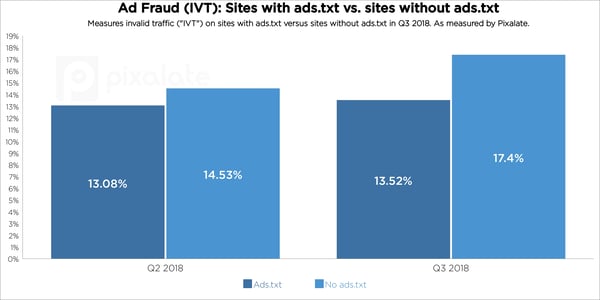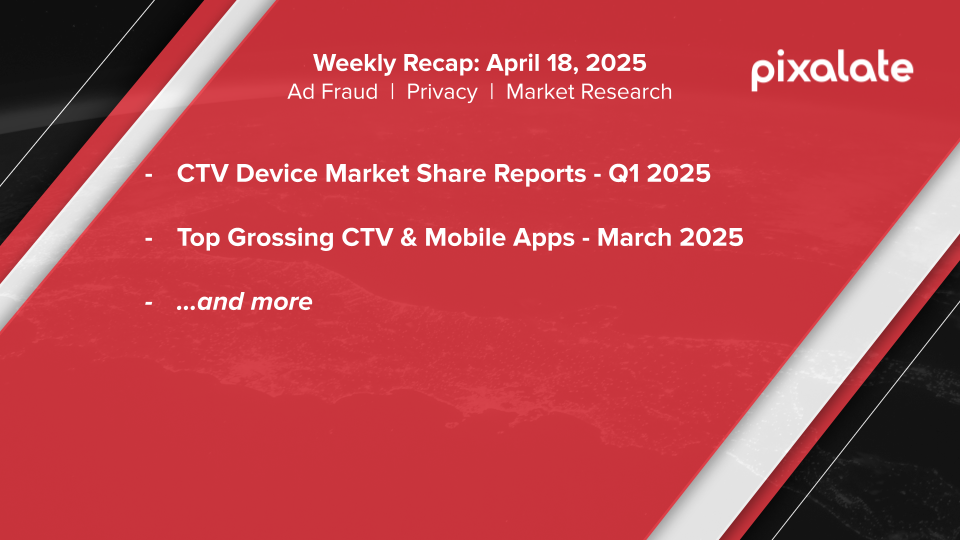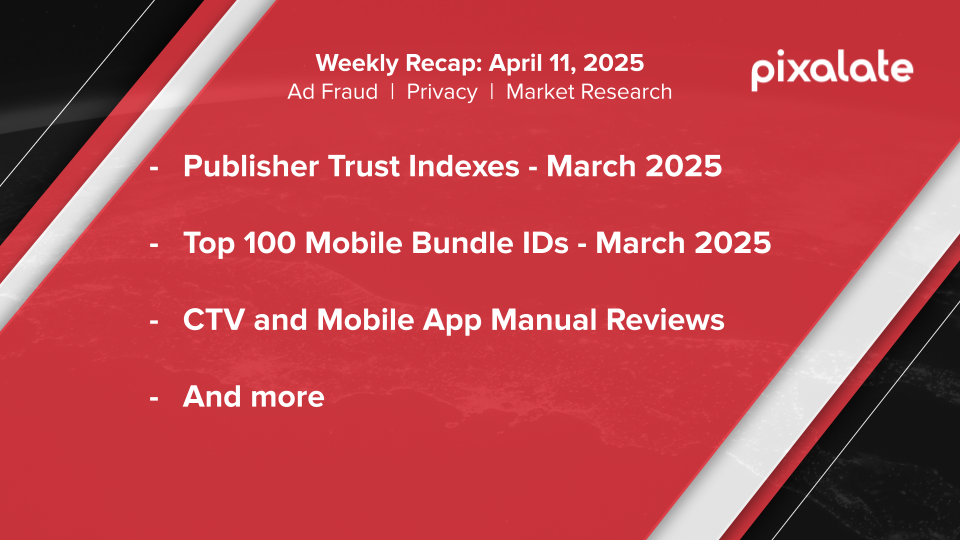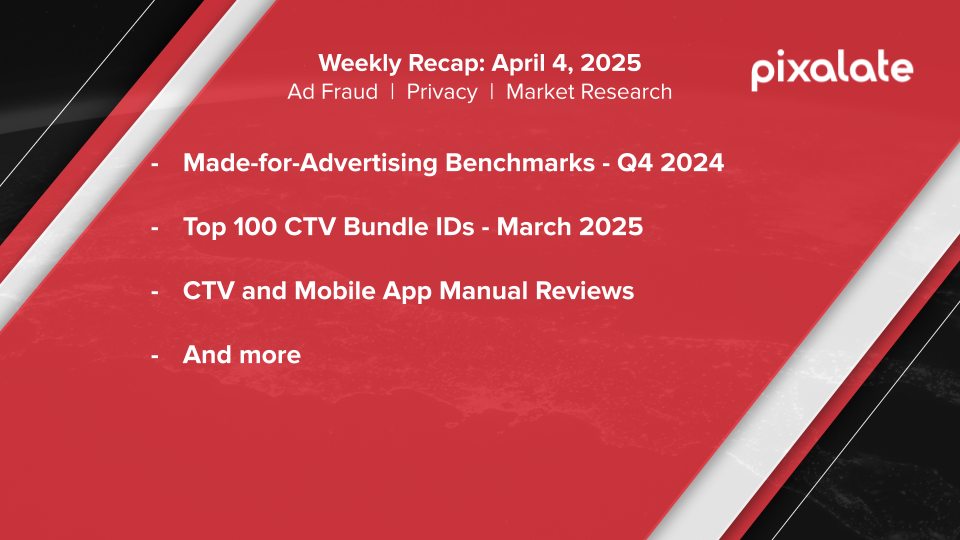This week's review of ad fraud and quality in the digital advertising space.
1. Ads.txt lowers ad fraud 22%, but it can't keep up with the growing threat

As noted in our Q3 2018 Ads.txt Trends Report, and as reported by MediaPost, domains with ads.txt have a 22% lower ad fraud rate compared to those without ads.txt. "The good news is that the number of sites using ads.txt continues to grow, and it’s doing a great job of weeding out fraudulent traffic,” wrote MediaPost. "The bad news is that the amount of fraudulent traffic continues to grow."
Learn more.
2. Hulu to launch new private marketplace

"The streaming video service Hulu will launch a new private marketplace for advertisers on January 1," reported MediaPost. "The automated, biddable marketplace will be operated by the supply-side video advertising platform Telaria. Marketers will be able to bid on inventory through their DSPs or agency trading desks."
The article added: "As one would expect with a programmatic marketplace, it will allow for more control from advertisers. That includes the ability to define the value of the audience, with brand protection offerings like category separations, viewability and fraud-free assurances, and brand frequency caps."
3. Android click fraud operation impersonated iPhones

"A mobile clickfraud campaign used 22 Android apps to trick online advertisers into paying the higher price for advertising on iPhone 5 to 8 Plus devices," reported Bleeping Computer. "The fraudulent apps were games and utilities, favorite categories among Android users. The most popular of them, a flashlight called Sparkle, got over one million installs."
4. What you need to know about ad fraud for 2019

Forbes published an op-ed spelling out what the ad industry needs to know about ad fraud as 2018 comes to a close. "The $7.4 billion ad fraud figure quoted in Senator Warner’s letter, though not limited to fraud enabled by the tech giants, amounts to an enormous overpayment by advertisers," the op-ed reads. "The letter came on the heels of a Buzzfeed expose of a multi-million dollar fraudulent scheme using Android apps."
5. Highlighting the detailed information apps can collect about consumers

The New York Times published a deep-dive into the app economy — namely the collection (and sale) of location data. "Targeted advertising is by far the most common use of the information," wrote the NYT.
Sign up for our blog to stay updated with new stats, trends, and analysis of digital ad fraud.











